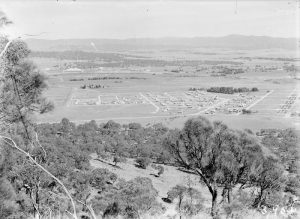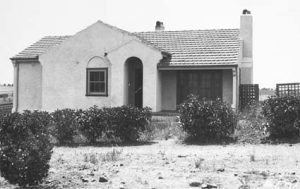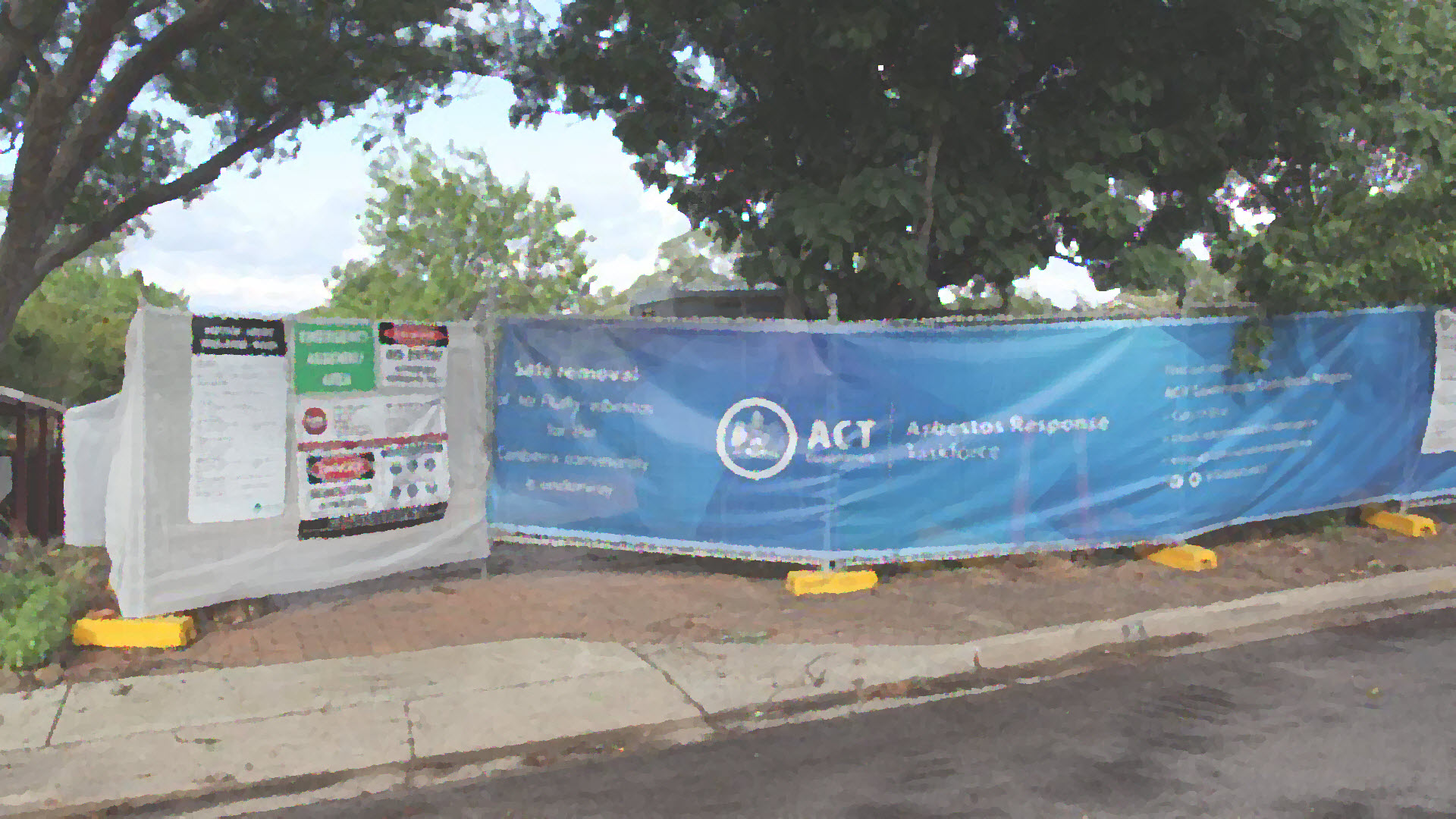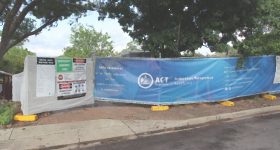Heritage

Click to enlarge
One of Australia’s finest garden suburbs of the 1920s and 30s, the area demonstrates influences of the English garden city movement. The limited range of houses, designed specially for Canberra, established the architectural character of the area. (as cited in Dutta, 2000, pp. 2–3)
In his definitive book, The Heritage of Reid, Shibu Dutta states that the ‘three major elements in the heritage of Reid are the garden-city approach, the importance of street landscaping and urban design, in addition to its historic inheritance’.
In recognition of its importance the Reid Housing Precinct was included on the Register of the National Estate on 21 October 1980 and is entered on the ACT Heritage Register (No. 20023 Reid Housing Precinct).

The intent of heritage listing is to retain the character of Reid and to conserve the suburb’s intrinsic features:
- for their ability to demonstrate historical values including ‘Garden City’ planning principles and architectural and landscape design from the initial period of urban development within Canberra
- for the aesthetic unity of the streetscapes arising from the harmonious integration of low-density built forms within a mature landscape setting, and high proportion of landscape space and trees
- for the social values associated with the retention of communal landscaped reserves and community facilities, whilst managing change to meet the contemporary requirements of residential usage.
This is the text of a speech given by Ken Charlton AM FRAIA in November 2016. Ken gives a comprehensive overview of the development of Reid. He pays due homage to the urban planners and architects who made an invaluable contribution to its significance as a heritage precinct
Conservation

The Reid Residents’ Association seeks to retain and conserve the intrinsic features of this iconic heritage precinct. The Association sees that we have a continuing stewardship role. It is our hope that Reid residents and visitors, and those with a genuine interest in urban planning, may long continue to appreciate and enjoy the definitive character of Reid.
The Heritage Act 2004 Is the legal framework for heritage management in ACT. This includes guidelines for the ongoing recognition, registration and conservation of the places and objects that have natural and/or cultural heritage and Aboriginal places and objects. The ACT State of the Environment Report lists 10 heritage-listed precincts on the Heritage Place Register in the historic/cultural category. These include sections of Reid (the largest housing precinct), Wakefield Gardens, Corooboree Park, Barton, Braddon, Forrest and Blandfordia.
The heritage significance of the Reid Housing Precinct and the Conservation Requirements (including Specific Requirements) are detailed in the listed entry to the ACT Heritage Register (No. 20023 Reid Housing Precinct)
These requirements have been identified to implement conservation objectives to ensure the retention of the heritage significance of the precinct.
Heritage listing permits sympathetic development of heritage places through an approvals process. This process follows the usual development application (DA) process prescribed by the planning and land authority for any works or development requiring approval.
Free advisory service and conservation advice is available from ACT Heritage and the independent Heritage Advisory Service . There is also financial assistance via the annual Heritage Grants Program.
ACT Heritage urges owners to contact them early in the process of any proposed changes as delays can occur when there are potential impacts on heritage significance. It is understood that proposed changes that negatively impact on heritage significance will only be permitted where it is proven that there is no prudent or feasible alternative.
Gardens
The ACT’s brochure provides very useful information on plant species compatible with garden styles for the time that the majority of the gardens in Reid were established.
Please note the section on ‘Weedy Heritage Species’. While many of us no doubt grew up with some of these plants, and may even feel quite sentimental about them, they are now listed as weeds, either in ACT and/or on the national Weeds in Australia website http://www.environment.gov.au/biodiversity/invasive/weeds/.
Three major weeds in Reid and other parts of the ACT are:
- English Ivy (Hedera helix)- see www.environment.gov.au/cgi-bin/biodiversity/invasive/weeds/weeddetails.pl?taxon_id=3714),
- Agapanthus, African Lily, Lily of the Nile (Agapanthus spp.) – see www.environment.gov.au/cgi-bin/biodiversity/invasive/weeds/weeddetails.pl?taxon_id=82077) and
- Blue Periwinkle (Vinca major) – see www.environment.gov.au/cgi-bin/biodiversity/invasive/weeds/weeddetails.pl?taxon_id=14689).
The website links for each of these invasive plant species explains in no uncertain terms why these plants are an issue. Basically, such weeds cause serious environmental damage and can be poisonous to livestock. It’s important to make sure seeds or viable pieces of these weeds do not get into street gutters and thereby into ACT waterways. Once in our waterways they can be distributed into Murrumbidgee River system and continue to invade farmland and natural habitats.
Of course, if you feel really enthusiastic, replacing any of these weeds with equally authentic heritage and certainly more environmentally sensitive plants is an excellent idea.


